Alopecia Areata Total
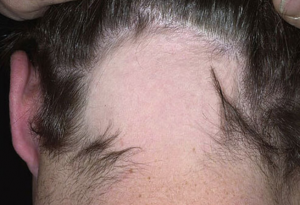
Alopecia Areata My Hair Doctor Prescription Haircare

Pra Lidar Bem Com A Alopecia Areata
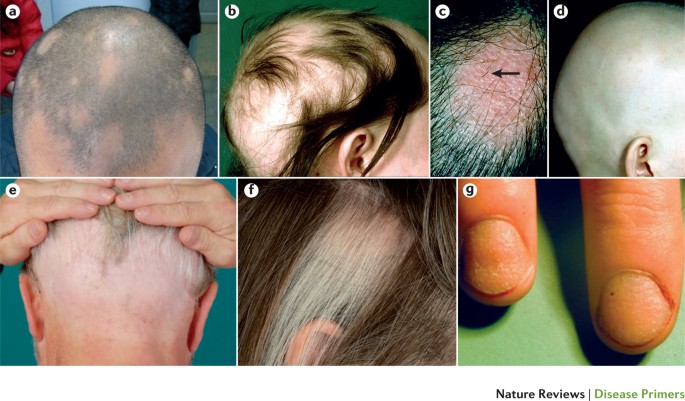
Alopecia Areata Nature Reviews Disease Primers

Alopecia Areata Causes Symptoms And Diagnosis

Alopecia Areata Information Mount Sinai New York
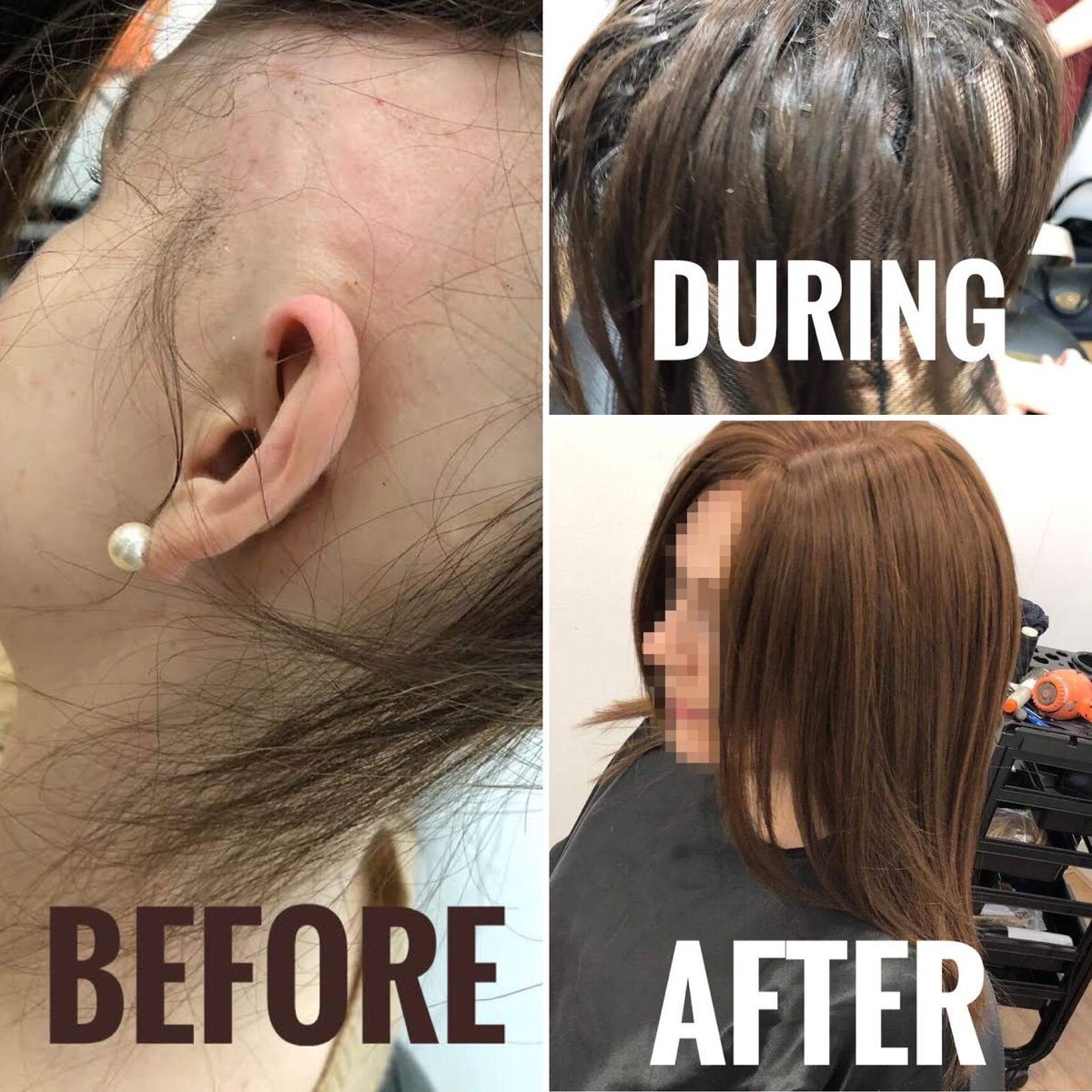
Hair Solved Our Innovative Hair Solution The Enhancer System Can Add Volume To Thinning And Patchy Hair Or Provide A Beautiful Natural Solution For Total Hair Loss T Co Tdgk4mrctd Alopeciaareata Frontalfibrosingalopecia
Alopecia areata is an autoimmune disease This means that your immune system mistakenly attacks a part of your body When you have alopecia areata, cells in your immune system surround and attack your hair follicles (the part of your body that makes hair) This attack on a hair follicle causes the attached hair to fall out.

Alopecia areata total. A total of 7 patients with alopecia areata received 10 U of BTXA intradermal injections on each site 3 times Subjects were classified according to the extent of scalp hair loss into Severity of Alopecia Tool subclasses Two patients had one patch of alopecia areata;. Alopecia totalis Alopecia totalis is characterized by total hair loss across the entire scalp Alopecia Universalis This type of alopecia universalis, in addition to losing hair on the scalp, people with this type of alopecia areata will also lose all the hair on their eyebrows and eyelashes. A Alopecia totalis is an offshoot of the autoimmune disease alopecia areata It is diagnosed when total hair loss occurs on the head for no known reason other than autoimmunity attacking all the hair follicles on the head The result is total baldness, although facial hair and body hair remain unaffected.
Alopecia Totalis (AT) is a genetic hair condition in which an individual loses hair only from the scalp It can be described as an intermediary disorder between Alopecia Areata, a condition causing patchy hair loss on scalp, and Alopecia Universalis that causes entire body hair loss. Alopecia Universalis A guide for men and women who are suffering from AU, a variant type of Areata which is characterized by total loss of body hair About our Alopecia Guides While “Androgenetic” is the term used for typical Male Pattern Baldness, there are three major types of hair loss which are commonly referred to just as “Alopecia”. Alopecia universalis is the rarest and most severe type of alopecia areata It presents itself as the total loss of hair over the entire scalp as well as the entire body It presents itself as the total loss of hair over the entire scalp as well as the entire body.
Background Several studies have investigated the oxidative stress parameters in alopecia areata (AA) patients with variable results This study aims to analyze the association between oxidative stress and AA based on current literature Methods A systematic review of the existing literature was performed in PubMed, Scopus, and Cochrane databases by two authors independently. Alopecia areata can affect males and females at any age It starts in childhood in about 50%, and before the age of 40 years in 80% Lifetime risk is 1–2% and is independent of ethnicity A family history of alopecia areata and/or of other autoimmune disease are present in 10–25% of patients. Alopecia areata is a skin disorder that causes hair loss, usually in patches, most often on the scalp Usually, the bald patches appear suddenly and affect only a limited area The hair grows back within 12 months or less For some people, however, the problem can last longer and be more severe, causing total baldness (alopecia totalis) or total loss of body hair (alopecia universalis).
Hair loss (alopecia) can affect just your scalp or your entire body, and it can be temporary or permanent It can be the result of heredity, hormonal changes, medical conditions or a normal part of aging Anyone can lose hair on their head, but it's more common in men Baldness typically refers to excessive hair loss from your scalp. Alopecia totalis is the loss of all skull and facial hair Its causes are unclear, but believed to be autoimmune Research suggests there may be a genetic component linked to developing alopecia totalis;. Alopecia areata (AA) is a nonscarring alopecia caused by a Tcellmediated autoimmune destruction of hair follicles The general population has an approximately 2% risk to develop AA at any time of their life 2, 3 The worldwide incidence of AA varies from 21%, 07%, to 38% in USA, India, and Singapore, respectively Reports showed that there is no gender predominance in AA (5).
Alopecia areata (AA) appears in several clinical forms, all having different clinical courses and different prognoses Acute diffuse and total alopecia (ADTA) has been reported to have a short clinical course ranging from acute hair loss to total baldness, followed by rapid recovery. Previous QOL and disease burden studies have not captured all relevant aspects of living with alopecia areata (AA) To better understand the burden and everyday experience of living with moderatetosevere AA, a crosssectional, online, quantitativequalitative survey was developed to assess symptoms, relationships, productivity, treatments, and financial burden. In case series, alopecia totalis and universalis are less common than alopecia areata and account for 45 to 30 percent of all alopecia cases The lifetime risk of developing alopecia areata is 17.
Alopecia areata is a disease that attacks your hair follicles (the part of your skin that makes hair) In most cases, hair falls out in small, round patches about the size of a quarter This causes only a few bare patches Some people may lose more hair. People with alopecia totalis lose all of the hair from their scalp It is a rare autoimmune disease, in which genetics plays a role It is an advanced form of the hairloss condition alopecia. Alopecia areata is a condition where patches of hair loss develop, usually on the head In some cases, total baldness develops Usually the hair regrows after several months In some cases, the hair loss is permanent.
Alopecia areata may present as well demarcated single or multiple patches of hair loss or extensive hair loss in the form of total loss of scalp hair ( Alopecia totalis) or loss of entire scalp and body hair (Alopecia universalis) A successful management of extensive Alopecia Areata in childhood a case report. Alopecia totalis is an extreme version of areata, and one of the worst types of hair loss you can possibly get These are the reasons why 1 You could lose all your scalp hair in less than a week 2 It can happen at any time 3 It can be permanent 4. Alopecia Totalis (AT) is a genetic hair condition in which an individual loses hair only from the scalp It can be described as an intermediary disorder between Alopecia Areata, a condition causing patchy hair loss on scalp, and Alopecia Universalis that causes entire body hair loss Alopecia Totalis Incidence.
Clinical diagnosis of alopecia areata with at least one lesion 1 cm in diameter and no more than % of total scalp surface area Females of childbearing potential agree to use a reliable method of birth control or remain absent during the study and for at least 4 weeks following the last dose of the assigned treatment. The remaining patients had total or universal type alopecia areata. Alopecia Areata is head and face i believe where universalis is entire body Rotor Head 9,912 3,775 26 USMC Rotor Head Rotor Head 9,912 3,775 26 Post May 30, 14 #5 T1615 I'd have to look that one up However there is a total body hair loss rating listed above 10% Just got my claim info today and the va sc alopecia for.
Alopecia areata is an autoimmune disease that results in nonscarring hair loss, and it is clinically characterised by small patches of baldness on the scalp and/or around the body It can later progress to total loss of scalp hair (Alopecia totalis) and/or total loss of all body hair (Alopecia universalis). People with alopecia totalis lose all of the hair from their scalp It is a rare autoimmune disease, in which genetics plays a role It is an advanced form of the hairloss condition alopecia. Alopecia areata is an autoimmune condition An autoimmune condition develops when the immune system mistakes healthy cells for foreign substances Normally, the immune system defends your body.
Abstract Alopecia areata is an autoimmune disease that results in nonscarring hair loss, and it is clinically characterised by small patches of baldness on the scalp and/or around the body It can later progress to total loss of scalp hair (Alopecia totalis) and/or total loss of all body hair (Alopecia universalis). Alopecia areata is most common in its main form, but there are other, more rare types Alopecia areata totalis means you’ve lost all the hair on your head Alopecia areata universalis is the loss. When alopecia areata causes widespread hair loss, complete loss of hair on the scalp (alopecia totalis), or loss of all hair (alopecia universalis), few people regrow their hair without help If you have this type of hair loss, your dermatologist may recommend.
2 Alopecia Totalis Total Hair Loss When alopecia areata is bad, it's really bad!. Alopecia areata incognito Widespread shedding and thinning of hair across the scalp More favorable prognosis for regrowth Alopecia totalis Total hair loss of the scalp Alopecia univeralis Total hair loss of scalp and body. The term alopecia means hair loss and in Alopecia Areata one or more round patches of hair loss may appear suddenly, most commonly on the scalp It can affect males and females at any age, and it starts during childhood in approx 50% Lifetime risk is approx 12% It is an autoimmune disorder and is more commonly seen in individuals with a family history of Alopecia areata and other.
According to Orphanet's Report Series on the prevalence and incidence of rare diseases from 17, the estimated prevalence of alopecia universalis, based on European data, is 25/100,000 people (which is approximately 1 in 4000 people) W We are not aware of statistics specific to the United States. Alopecia areata (AA) is a condition that causes hair loss through circular patches of baldness on any part of the body Alopecia means hair loss, and areata means occurrence in a circular pattern (1) Alopecia areata in children mostly occurs on the scalp where you will see distinct round patches with no hair on it. A total of 45 individuals with chronic and severe alopecia areata affecting 50 % to 95 % of the scalp hair and resistant to previous therapies were included in this study Main outcome measure was improved Severity of Alopecia Tool score over 24 weeks Subjects receiving alefacept for 12 consecutive weeks demonstrated no.
Alopecia totalis is a skin condition that causes hair loss It isn’t the same as localized alopecia areata Localized alopecia areata causes round patches of hair loss on the scalp, but alopecia. Alopecia is a general term for hair loss Alopecia areata is a common cause of nonscarring (does not cause scarring to the scalp) hair loss that can occur at any age It usually causes small, coinsized, round patches of baldness on the scalp, although hair elsewhere such as the beard, eyebrows, eyelashes, body and limbs can be affected. The hair loss can occur on your scalp or any area of your body where hair grows This type of alopecia areata may progress into other types of alopecia, or it may stay patchy Persistent patchy alopecia areata In persistent patchy alopecia areata, hair loss continues to be patchy for a long time without ever becoming more extensive Alopecia totalis.
Alopecia totalis (AT) is a condition characterized by the complete loss of hair on the scalp It is an advanced form of alopecia areata a condition that causes round patches of hair loss Although the exact cause of AT is unknown, it is thought to be an autoimmune condition in which the immune system mistakenly attacks the hair follicles. Alopecia areata (AA) is a common cause of nonscarring alopecia that occurs in 17% of Americans by the age of 501 It affects both sexes and all racial groups 2 Comparable to the reported frequency in western countries, reports in Korea state that 1% to 2% of the population have experienced AA, with equal numbers of men and women 3 AA may appear at any age, but is more common in the third and fourth decades of life 2 Approximately % of patients have a family history of AA 4 In % to. Alopecia areata is an autoimmune disease This means that your immune system mistakenly attacks a part of your body When you have alopecia areata, cells in your immune system surround and attack your hair follicles (the part of your body that makes hair) This attack on a hair follicle causes the attached hair to fall out.
Alopecia areata, also known as spot baldness, is a condition in which hair is lost from some or all areas of the body Often it results in a few bald spots on the scalp, each about the size of a coin The disease may cause psychological stress People are generally otherwise healthy In a few cases, all the hair on the scalp is lost (alopecia totalis) or all body hair is lost (alopecia. There are three types of alopecia alopecia areata, patchy hair loss on the scalp Alopecia totalis, total hair loss on the scalp and alopecia universalis, total hair loss on the scalp and body Alopecia affects about 6 million Americans, Currently there are no affective treatments for alopecia, unfortunately there is no cure for alopecia. Alopecia areata (AA) is a common hair loss condition with a lifetime prevalence of approximately 2% 1 that is characterized by acute onset of nonscarring hair loss in usually sharply defined areas 2 Some patients lose hair in only a small patch, while others have more extensive or less frequently diffuse involvement 3.
Topical immunotherapy is used to treat extensive alopecia areata, alopecia totalis and alopecia universalis This form of treatment involves applying chemicals such as diphencyprone (DPCP), dinitrochlorobenzene (DNCB) or squaric acid dibutyl ester (SADBE) to the scalp. Alopecia areata is common worldwide, affecting all races and both sexes Approximately 2% of the general population will have alopecia areata at some point in their lives, and 60% of them will develop their first patch of hair loss before the age of years Prevalence peaks between 10 and 30 years of age. Alopecia areata is a condition that causes patchy hair loss The size and number of patches and progress of the disease can vary between people It can affect the entire scalp (alopecia totalis) or cause loss of all body hair (alopecia universalis) Sometimes the condition will get better on its own, but in some cases it can get worse.
Alopecia areata is a skin condition that causes a sudden loss of patches of hair on the scalp and sometimes other parts of the body (picture 1) It is nonscarring, which means that there is no permanent damage to the hair follicle In most people, new hair eventually grows back in the affected areas, although this process can take months. Hair loss (alopecia) can affect just your scalp or your entire body, and it can be temporary or permanent It can be the result of heredity, hormonal changes, medical conditions or a normal part of aging Anyone can lose hair on their head, but it's more common in men Baldness typically refers to excessive hair loss from your scalp. Alopecia areata is a common autoimmune skin disease, causing hair loss on the scalp, face and sometimes on other areas of the body In fact, it affects as many as 68 million people in the US with a lifetime risk of 21% People of all ages, both sexes and all ethnic groups can develop alopecia areata.
Alopecia totalis is the loss of all skull and facial hair Its causes are unclear, but believed to be autoimmune. The presence of DRB1*0401 and DQB1*0301, both of which are Human Leukocyte Antigens, were found to be associated with longstanding alopecia totalis. The term alopecia means hair loss and in Alopecia Areata one or more round patches of hair loss may appear suddenly, most commonly on the scalp It can affect males and females at any age, and it starts during childhood in approx 50% Lifetime risk is approx 12% It is an autoimmune disorder and is more commonly seen in individuals with a family history of Alopecia areata and other.
The term alopecia means hair loss and in Alopecia Areata one or more round patches of hair loss may appear suddenly, most commonly on the scalp It can affect males and females at any age, and it starts during childhood in approx 50% Lifetime risk is approx 12% It is an autoimmune disorder and is more commonly seen in individuals with a family history of Alopecia areata and other.
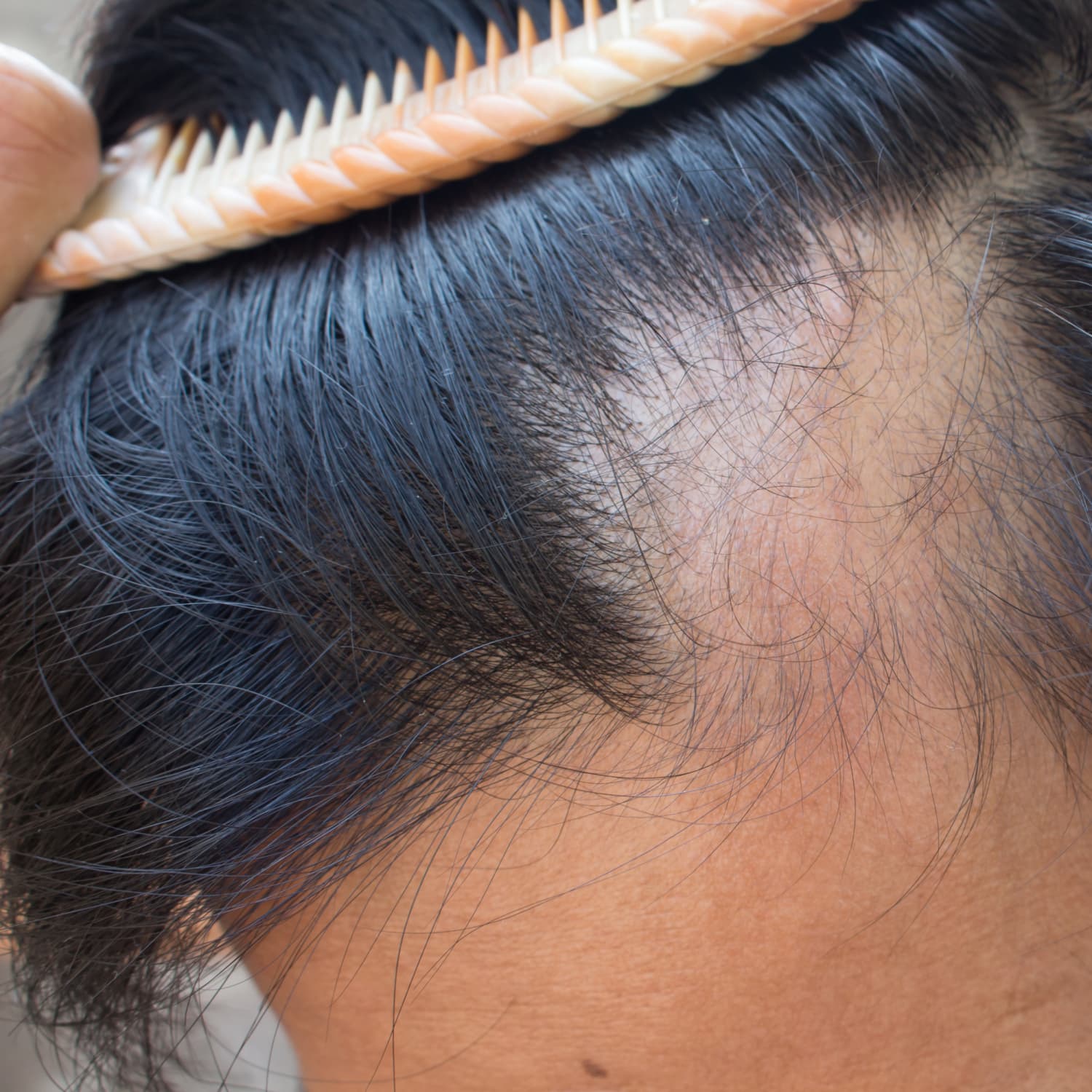
Alopecia Areata Fact Sheets Yale Medicine
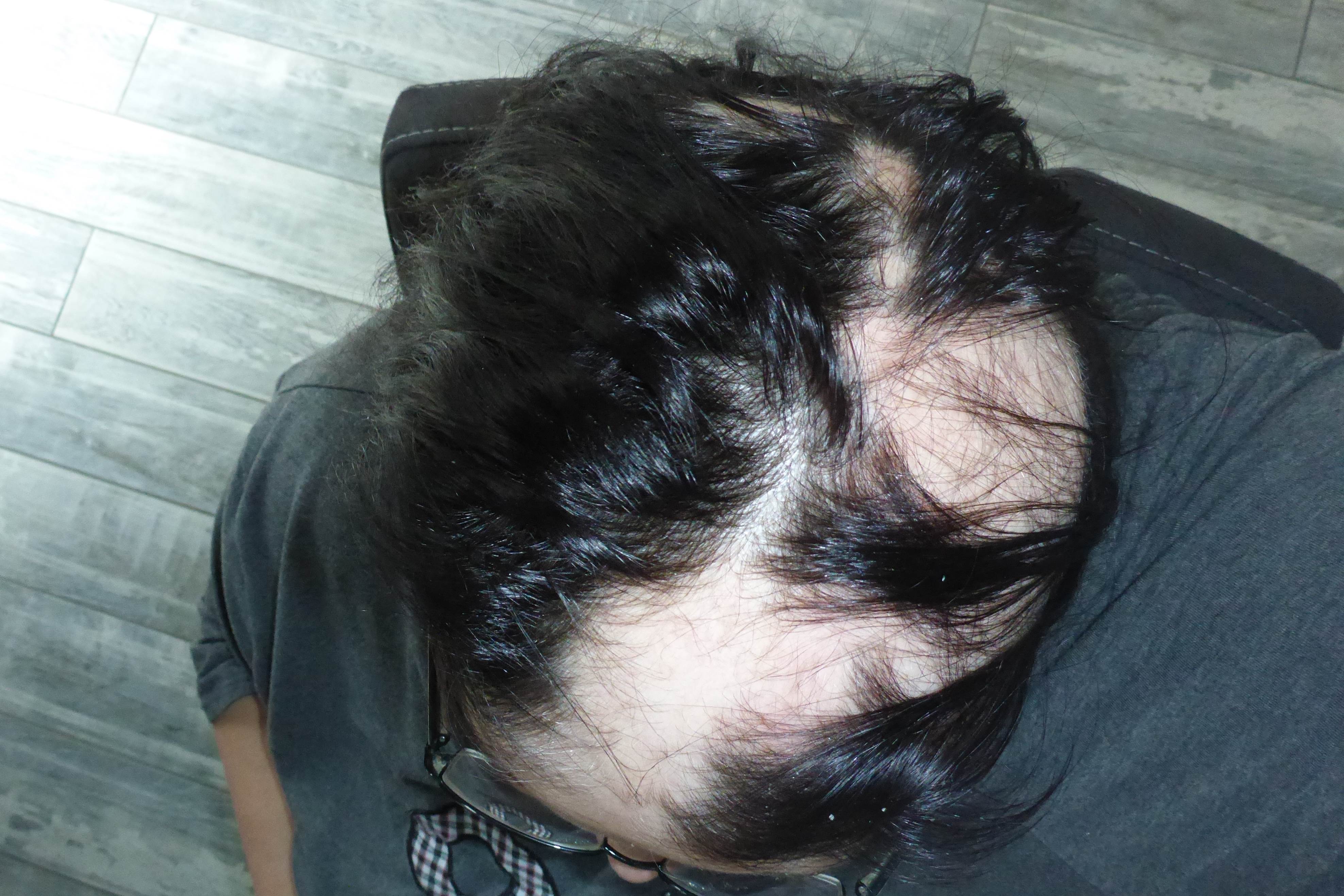
Starke Menschen Alopecia Areata Interview Mit Einer Betroffenen Shadownlight De

Why A Hair Transplant Is Not A Suitable Remedy For Alopecia Areata Scalp Clinic

Figure 3 From Acute Diffuse And Total Alopecia A New Subtype Of Alopecia Areata With A Favorable Prognosis Semantic Scholar
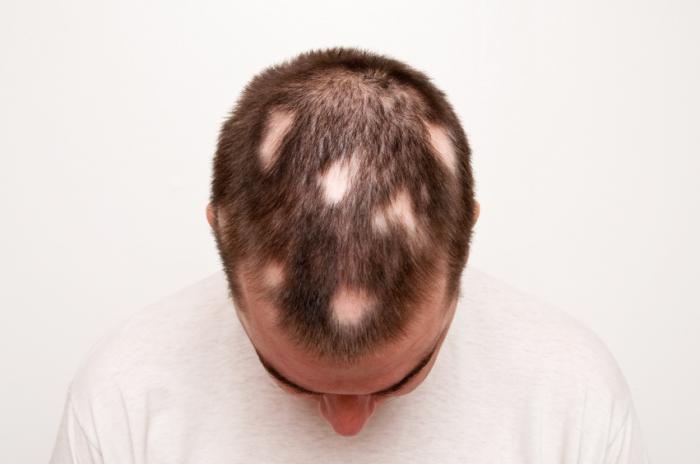
Alopecia Areata Causes Symptoms And Treatment

Alopecia Hair Loss Treatment Sainiherb
Alopecia Areata Wikipedia

Acute Diffuse And Total Alopecia A New Subtype Of Alopecia Areata With A Favorable Prognosis Sciencedirect
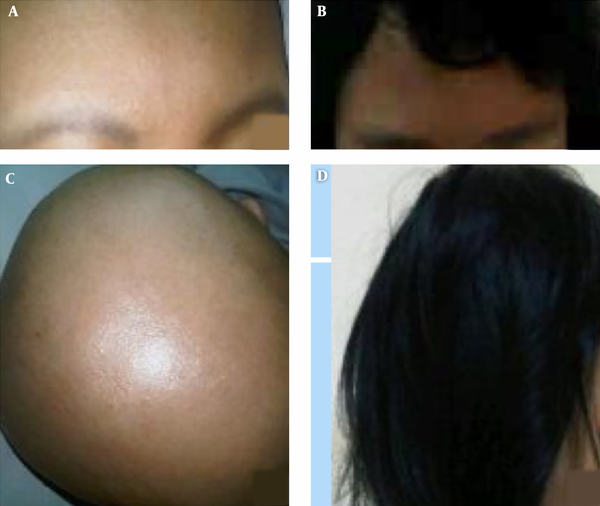
Relapse In Alopecia Totalis After Successful Treatment With Intralesional Corticosteroid And Oral Immunomodulator Journal Of Skin And Stem Cell Full Text
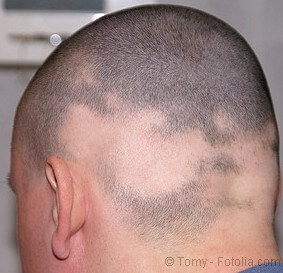
Alopecia Totalis Alopecia Universalis And Alopecia Areata

Alopecia Areata By Umang K Issuu

Alopecia Areata Patchy Hair Loss Treatment Homeopathic Remedies At Health Total
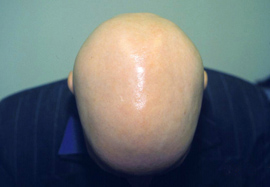
Alopecia Totalis Marbo

Alopecia Areata

Alopecia Totalis Causes Total Hair Loss Of The Scalp And Face
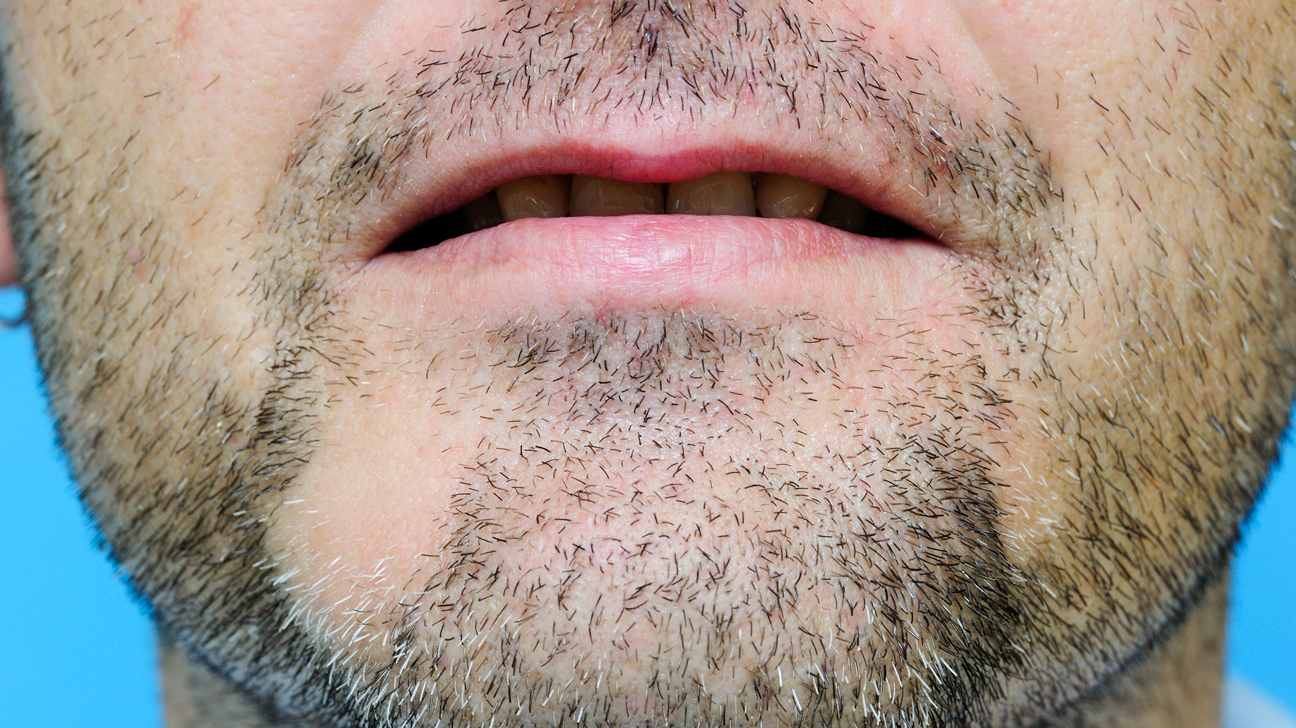
Alopecia Areata Causes Symptoms And Diagnosis

Doctor David Saceda Dermatologo Tricologo Alopecia Trasplante De Pelo Madrid Clinica Grupo Pedro Jaen Antijak Jak Inhibidores De Jak Jakinib Tratamiento Cura Alopecia Areata Total

New Insights Into Human Hair Saxs Sem Tem And Edx For Alopecia Areata Investigations Peerj

Recovery From Alopecia Areata In A Patient With Autoimmune Polyglandular Syndrome Type 3 In Endocrinology Diabetes Metabolism Case Reports Volume 15 Issue 1 15

New Insights Into Human Hair Saxs Sem Tem And Edx For Alopecia Areata Investigations Peerj
1
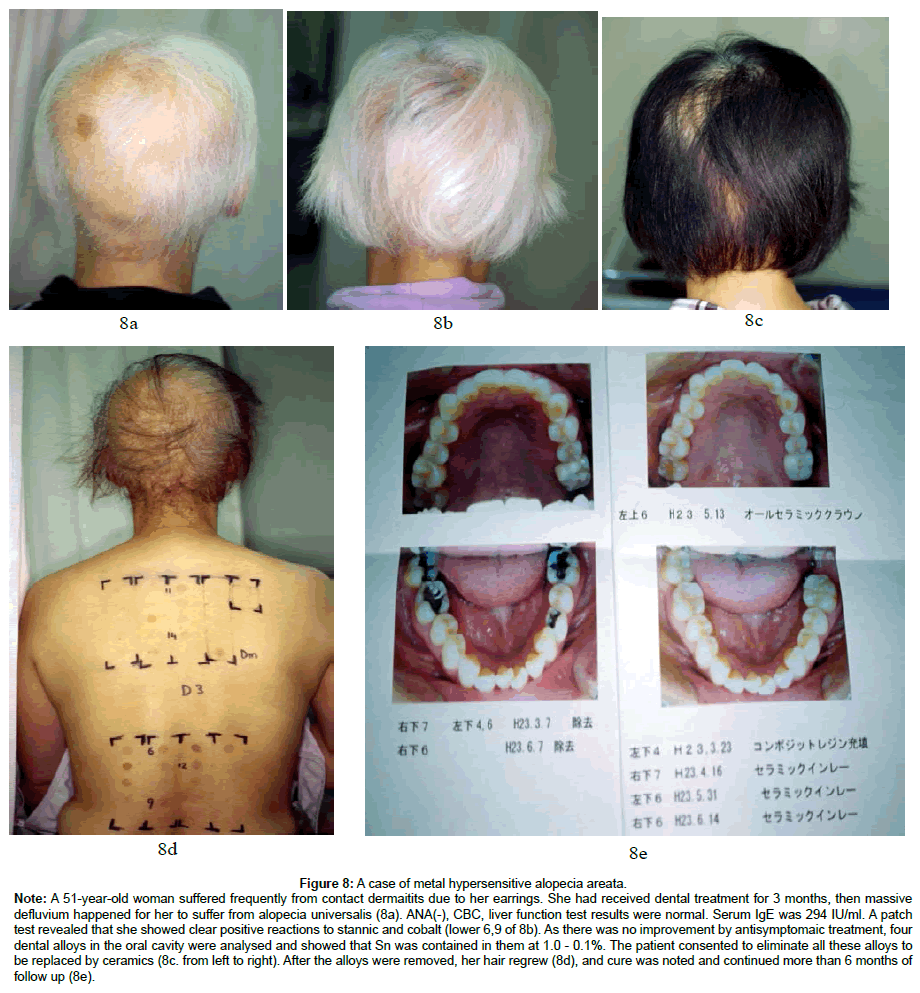
How To Treat Metal Hypersensitive Alopecia Areata And Atopic Alopecia Scitechnol
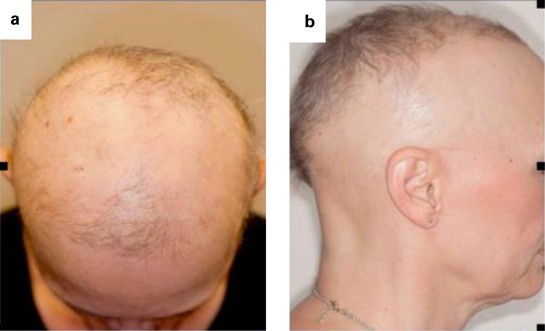
Alopecia Areata After Hla Identical Bmt From An Affected Sibling Donor Bone Marrow Transplantation

Hair Loss Beyond Hair Basics

Estudio De Investigacion En La Alopecia Areata Total Y Universal Biotech Spain

Total Transformation Alopecia Treated With Smp Youtube

Treatment Of Alopecia Areata With Nonablative Fractional Laser Combined With Topical Minoxidil Wang 19 Journal Of Cosmetic Dermatology Wiley Online Library

Is Alopecia Areata Caused Due To Psychological Factors Ahs India

Alopecia Areata Carol Hanson Hitchin Conscious Wardrobe Stylist
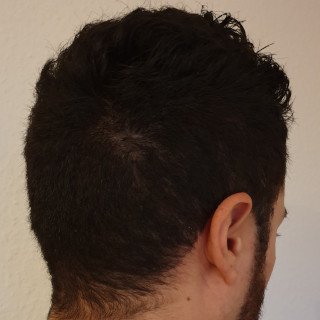
Circular Hair Loss Alopecia Areata Thymuskin

A Alopecia Areata E Uma Doenca Dra Gabriela Nero Mitsuushi Dermatologista Facebook

Fda Approved Drug Restores Hair In Patients With Alopecia Areata
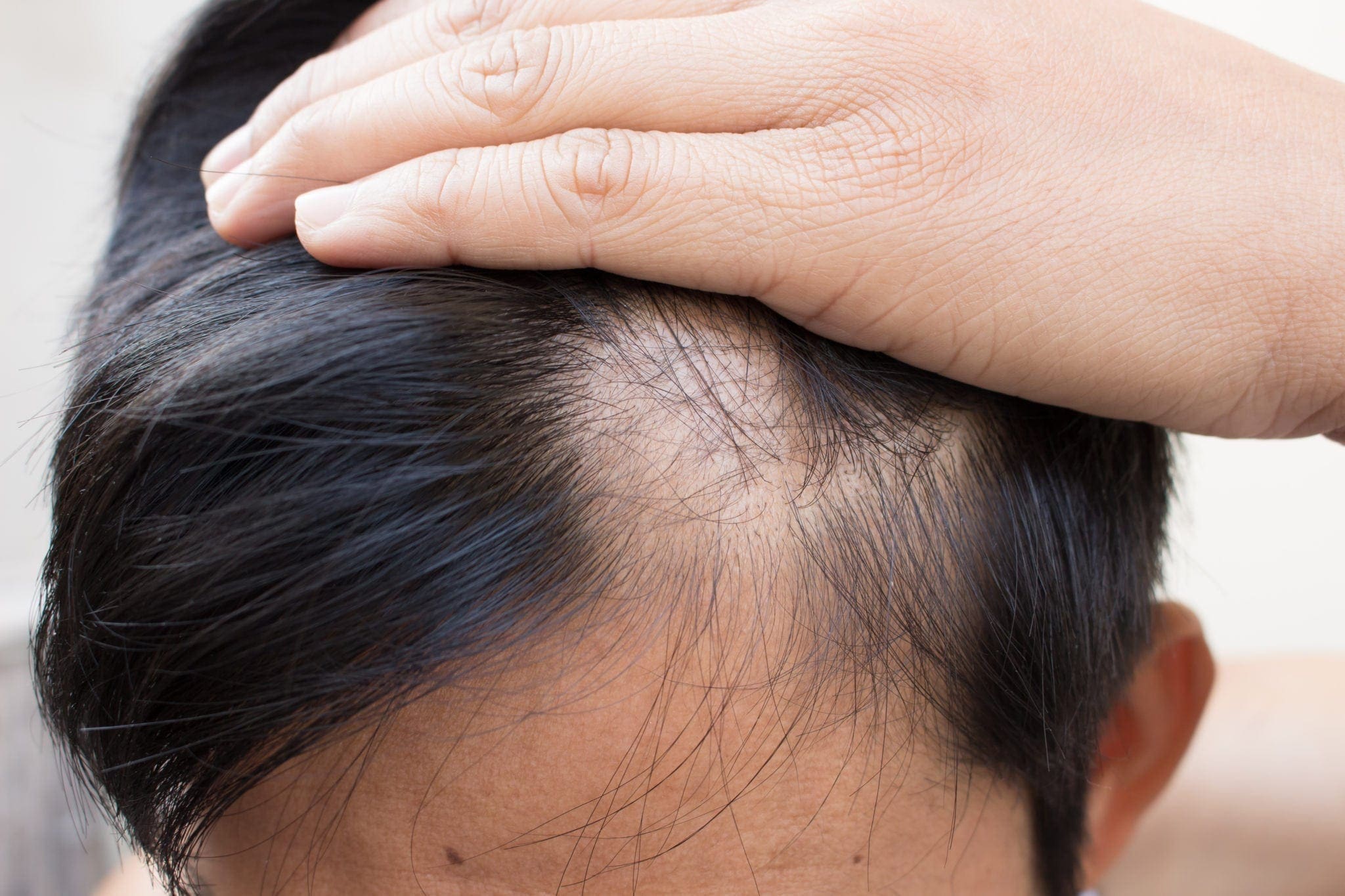
Alopecia Areata Alopecia Areata Symptoms Familydoctor Org
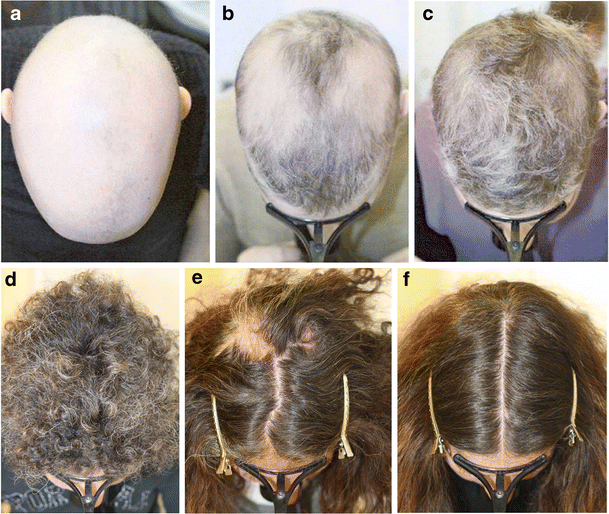
Alopecia Areata A Comprehensive Review Of Pathogenesis And Management Springerlink

Case Of Alopecia Universalis Associated With Alemtuzumab Treatment In Ms Neurology Neuroimmunology Neuroinflammation

Circular Hair Loss Alopecia Areata After Medication For Short Hair Hair Care Recommendation Yelasai Base
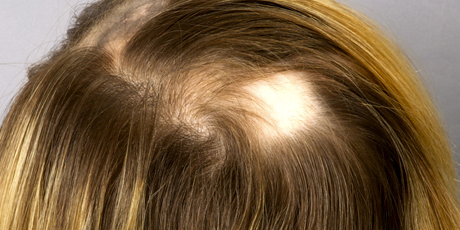
Alopecia Areata Overview Dr Batul Patel
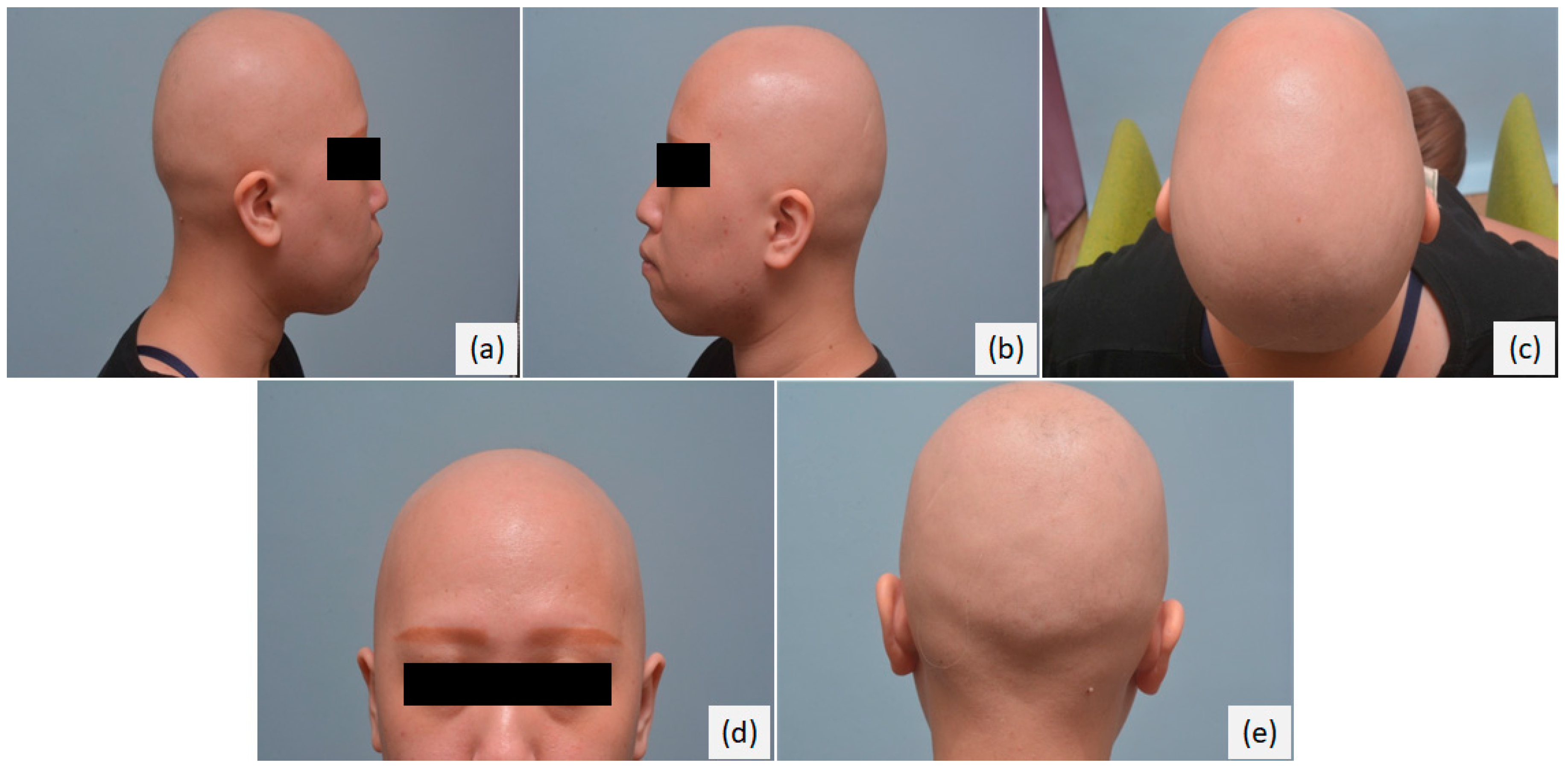
Applied Sciences Free Full Text Alopecia Totalis Treated With 1064 Nm Picosecond Nd Yag Laser A Case Report Html

Alopecia Areata Spot Baldness Definition And Explanation

Alopecia Areata What It Is And Our Story Of Autoimmune Hair Loss Winning Alopecia
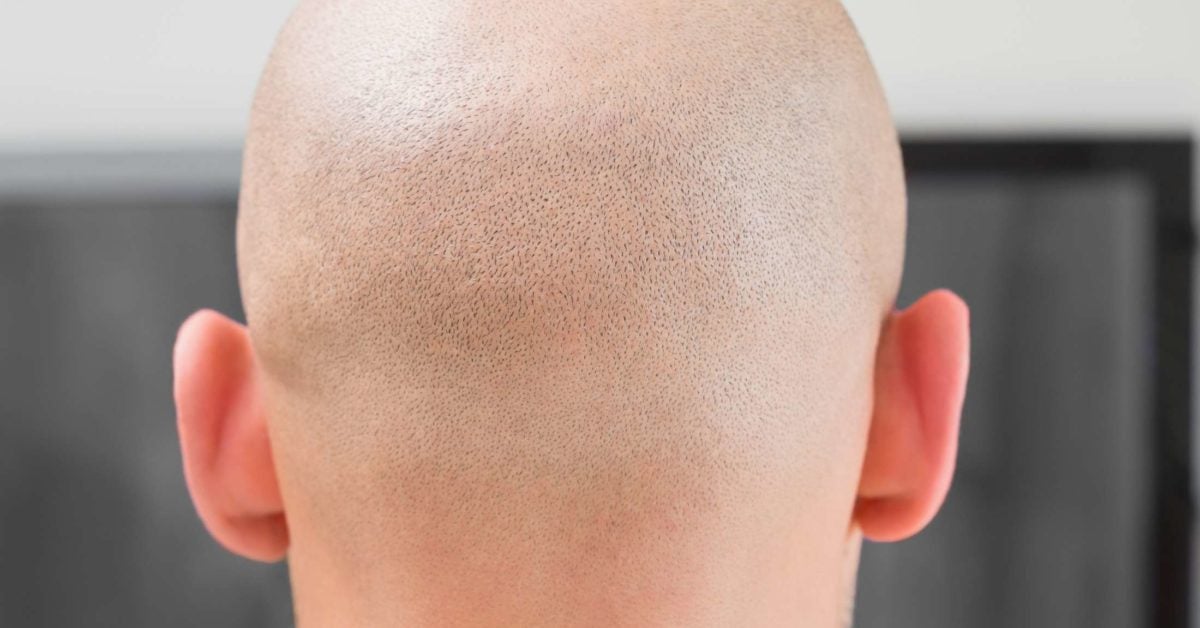
Alopecia Totalis Symptoms Treatments And Types

New Alopecia Areata Wig Total Hair System Love English Youtube

Indication Alopecia Areata

Alopecia Areata An Appraisal Of New Treatment Approaches And Overview Of Current Therapies Sciencedirect

Saiba Mais Sobre Alopecia Areata Fernanda Visage
Learn About Alopecia Areata And How It Causes Hair Loss Hair Club
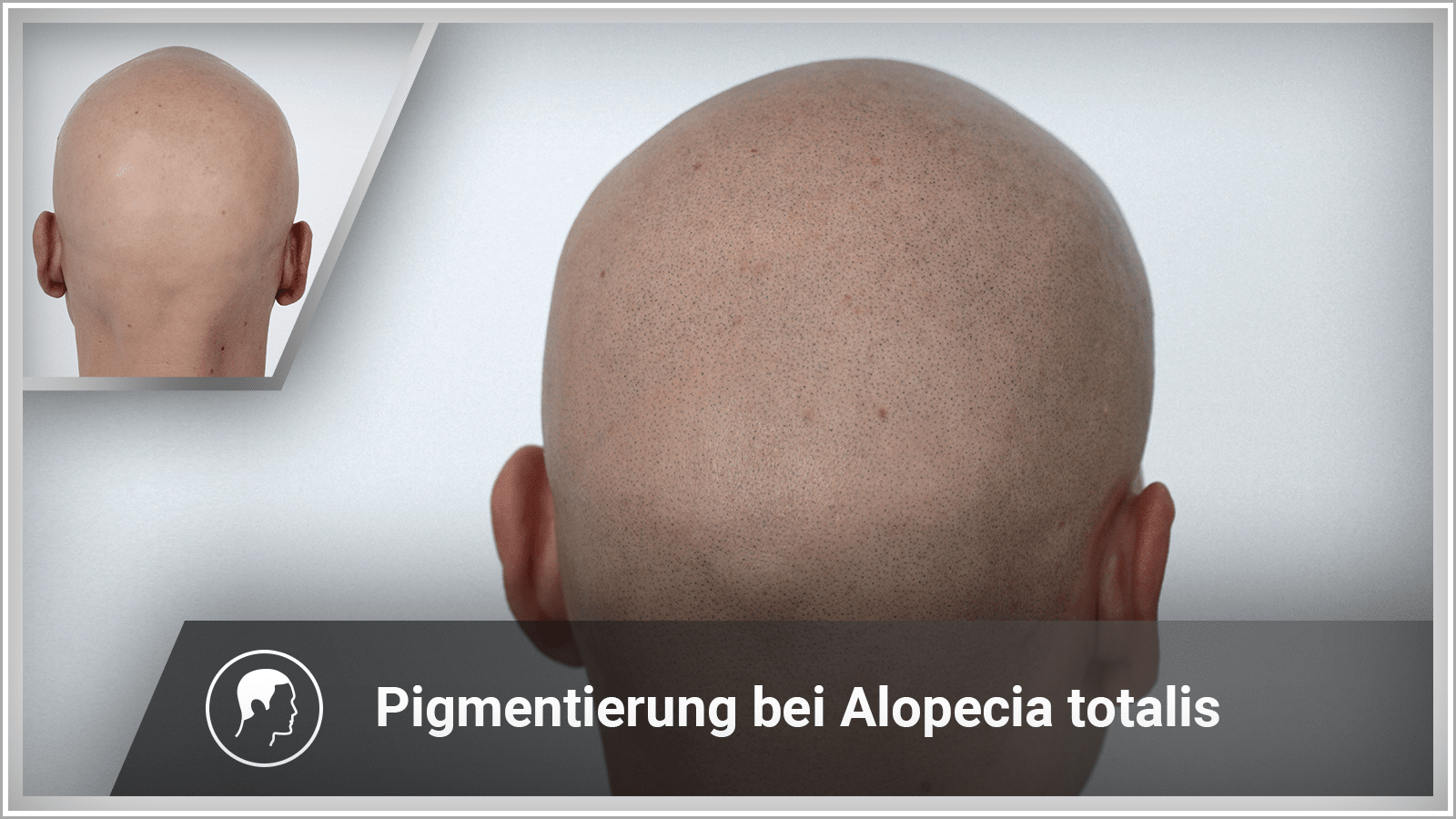
Alopecia Universalis Komplette Haarlosigkeit Am Ganzen Korper

Alopecia Areata Totalis And Universalis A Multicenter Review Of 132 Patients In Spain Vano Galvan 17 Journal Of The European Academy Of Dermatology And Venereology Wiley Online Library

Circular Hair Loss Alopecia Areata On Short Hair Hair Care Recommendation Yelasai Om

Alopecia Areata Intechopen

Acute Diffuse And Total Alopecia A New Subtype Of Alopecia Areata With A Favorable Prognosis Sciencedirect
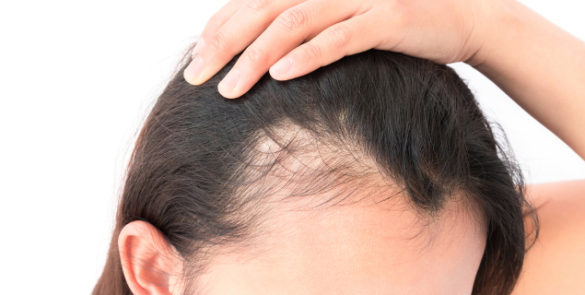
Alopecia Acquired From The Child Or Adult Am Trichologist
3

Alopecia Areata Total Download Scientific Diagram
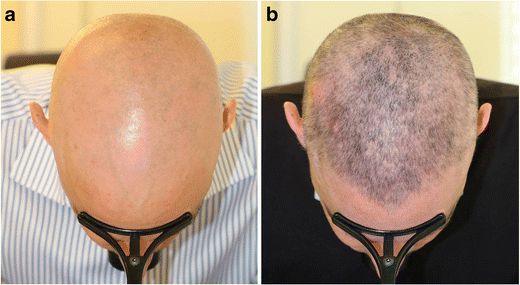
Alopecia Areata A Comprehensive Review Of Pathogenesis And Management Springerlink

Alopecia Universal Solucion Y Tratamiento Minoxidil Mexico

Alopecia Areata Dr Health Clinic
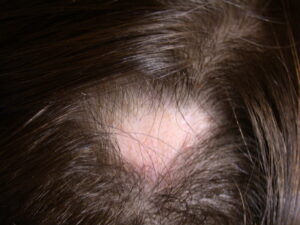
Alopecia Areata American Hair Research Society

Alopecia Areata Spot Baldness Definition And Explanation

Alopecia Areata Definition Diagnosis And Treatment

Alopecia Totalis Wikipedia

Alopecia Areata Sisaipho Clinical And Therapeutic Approach In 13 Patients In Spain

A Central View Of A 7 Year Old Patient With Alopecia Areata Download Scientific Diagram

The Role Of Dermoscopy In Severity Assessment Of Alopecia Areata A Tertiary Care Center Study Jcad The Journal Of Clinical And Aesthetic Dermatology

Alopecia Totalis My Hair Doctor Prescription Haircare

Alopecia Areata Information Nutrition And Supplements Reviews Renal Resource

Alopecia Areata Ist Eine Art Von Haarausfall Die In Der Regel Patches Von Haarausfall Verursacht In Einigen Fallen Entwickelt Sich Insgesamt Kahlheit Stockfotografie Alamy

Alopecia Areata Incognita Scienceopen

The Alopecia Areata Online Resource Page 539

Circular Hair Loss Alopecia Areata Thymuskin
Isabelle Restored Her Hair After Losing It To A Hair Loss Condition Called Alopecia Areata Hair Club

Pdf Acute Alopecia Totalis Semantic Scholar

What Is Alopecia Areata Hair Loss Almirall

Alopecia Areata An Appraisal Of New Treatment Approaches And Overview Of Current Therapies Semantic Scholar

Alopecia Areata Symptoms Causes Treatments Clear Skin Clinic

Alopecia Areata Y Total Home Facebook

Zoc6etxjsoo4um

Treatment Of Alopecia Areata Universalis Cubaheal

Alopecia Areata A Comprehensive Review Of Pathogenesis And Management Springerlink

Conoce La Alopecia Areata Ofiasica Y Su Incidencia Entre Los Jovenes Rueber Centro Capilar

Alopecia Areata Natural Hair Growth After 12 Months With Yelasai

Edge Scalp Micro Pigmentation Smp

Is This A Sign Of Total Regrowth To Come Alopecia Areata

Alopecia Areata Solucion Causas Problema Tratamiento Especialista Medico Clinica Madrid

View Image

Alopecia Areata Definicion Y Que Es
Q Tbn And9gctyige5zrbhzfviogj1qypziddtik9blkeuy8ni Bj8q0lnqcgo Usqp Cau

Pin On Bald Is Beautiful

Alopecia Areata Dermnet Nz

0ga6a8s1o4gmwm
Q Tbn And9gcs9egju1rbycqmgbebpyp Nko49ldf37gvqhdot3nepjngnehow Usqp Cau

Alopecia Areata American Osteopathic College Of Dermatology Aocd

Alopecia Areata Non Inflammatory Circular Patch Of Hair Loss On The Download Scientific Diagram

Alopecia Areata Many Different Forms Donovan Hair Clinic
Www Karger Com Article Pdf

Overnight Alopecia A Subtype Of Acute Diffuse And Total Alopecia Chandrashekar B S Shenoy C Agarwal R Int J Trichol

Alopecia Areata Spot Baldness Definition And Explanation

Edge Scalp Micro Pigmentation Smp



